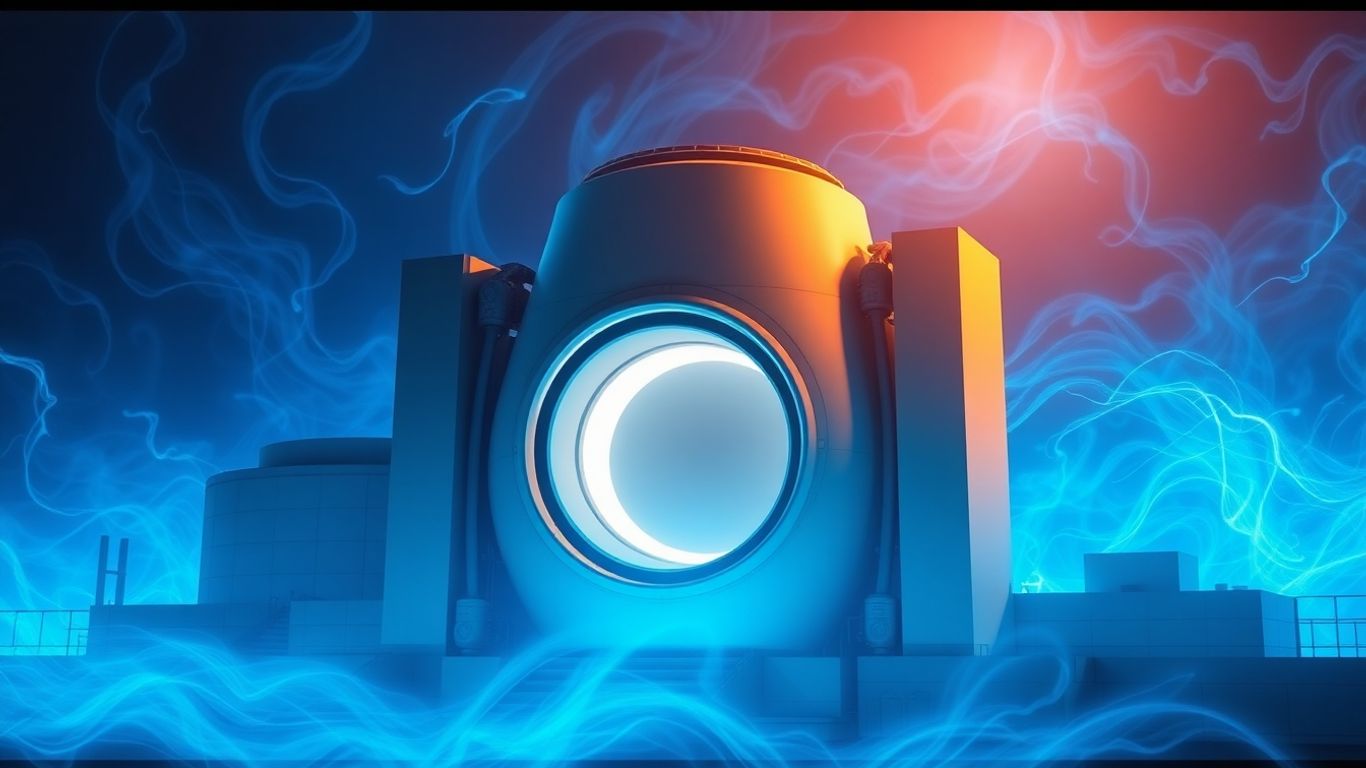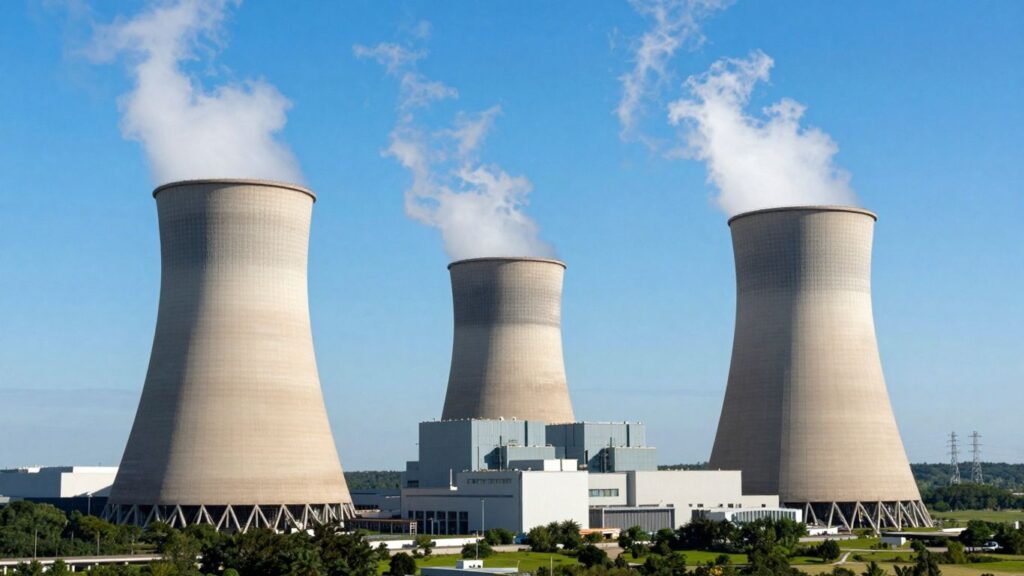The Nuclear Energy Agency (NEA) has released the third edition of its Small Modular Reactor (SMR) Dashboard, revealing a significant global expansion in SMR development and deployment. The report underscores the growing strategic importance of SMRs driven by increasing electricity demand, energy security concerns, and national climate goals.
Key Takeaways
- The NEA SMR Dashboard now identifies 127 distinct SMR designs globally.
- 51 SMR designs are currently undergoing pre-licensing or licensing processes in 15 countries.
- There are approximately 85 active discussions between SMR developers and potential site owners worldwide.
- An 81% increase in SMR designs securing funding or announcing funding commitments has been observed since the 2024 edition.
- Seven SMR designs are already operating or under construction, with a robust pipeline for first-of-a-kind deployments.
Intensifying Strategic Drivers for SMR Deployment
NEA Director-General William D. Magwood, IV, stated that the strategic drivers for SMR deployment are intensifying. These include rising electricity demand, particularly from data centers and expanding digital services, critical energy security imperatives, and national objectives to reduce carbon emissions. Consequently, SMRs are becoming an integral part of energy strategies in an increasing number of countries across the globe.
Progress in Licensing and Funding
The latest assessments reveal that 51 SMR designs are actively involved in pre-licensing or licensing procedures across 15 nations. Furthermore, there are around 85 ongoing discussions between SMR developers and site owners globally. Significant progress has also been made in supply chain readiness and financing. Since the previous edition of the dashboard in 2024, there has been an 81% surge in the number of SMR designs that have secured at least one funding source or announced funding commitments.
Operational Status and Design Diversity
Currently, seven SMR designs are either operational or under construction, indicating a strong pipeline of projects moving towards their first-of-a-kind deployment. The diversity of these designs offers a wide array of choices for potential customers but also presents challenges for regulators and the industrial supply chain. The report highlights opportunities to streamline global supply chains, promote standardization, and enhance the economic viability of SMRs.
Digital Transformation and Fuel Considerations
For the first time, the NEA SMR Dashboard is available as a digital interactive platform, providing direct access to the NEA’s SMR database. This platform allows for ongoing data collection and more frequent updates to assessments. The report also delves into fuel requirements, noting that over 60% of the designs included rely on fuel forms not yet commercially available. The availability of High-Assay Low-Enriched Uranium (HALEU) remains a significant barrier for many SMR designs, with more than half of those planning to use HALEU having not yet progressed beyond non-binding agreements for fuel supply.
Investment and Regulatory Evolution
Private investment in the SMR sector is surging, with an estimated USD 5.4 billion in capital flowing from venture and corporate sources. Major global corporations are increasing their investments to meet energy needs aligned with their environmental goals. The report also notes the evolution on the regulatory front, with a 65% increase in SMR designs beginning pre-licensing activities with nuclear regulators in 2024. The World Bank’s recent announcement to consider financing nuclear energy projects signals growing confidence in the sector.
Sources
- Nuclear Energy Agency (NEA) – New NEA Small Modular Reactor Dashboard edition reveals global expansion of SMR
deployment, Nuclear Energy Agency (NEA). - NEA publishes new SMR Dashboard — ANS, American Nuclear Society.
- There are now 127 different SMR designs, finds NEA report, World Nuclear News.












